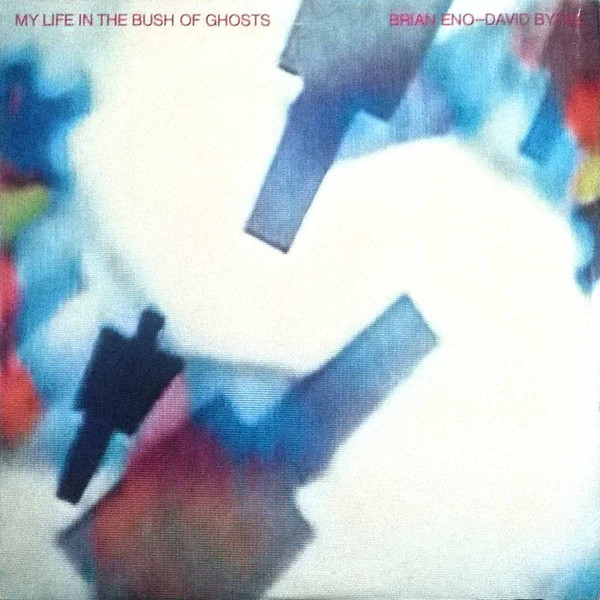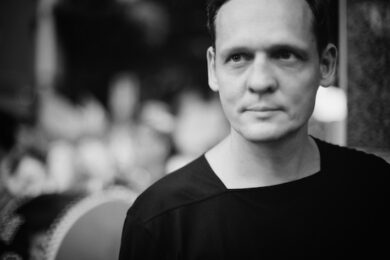3. Brian Eno & David ByrneMy Life In The Bush Of Ghosts

I was already familiar with the ambient records of Brian Eno, but during this period I wasn’t so interested in ambient music – I was more interested in more rhythmic stuff. This record simply didn’t follow any classical structures or conventions; there was no band, no conventional drummer, but there was a lot of sampling, found material and loops. It was a very novel way of producing, and I listened to it over and over again. The production and this new way of handling music drew me to it.
I’m kind of obsessed with it now. Whenever I see it in a record store or second hand store, I buy it. I probably have five or six of them; for me it’s a wonderful record to own. In the mid-80s, this was one of the few albums I was listening to that I didn’t actually own. My brother had it, so it was in the house, but I always wanted a copy for myself. It feels like such a treasure.
What was your reaction like when you first heard it? What they were doing with sampling on it must have been shocking to hear then, right?
They had all these samples from Arabic singers and what not. Brian Eno had already released his collaboration with Jon Hassell [Fourth World, Vol. 1: Possible Musics] which was a bit similar to this in that it sketched out an interest in looping. But what I found most interesting was the use of loops, rather than bars or grids, to create something rhythmic, rather than ambient. Of course Eno had already explored these ideas but in a more ambient context. For me, this was modern pop music. Nothing on it ever became a hit, of course, but it was groundbreaking.


